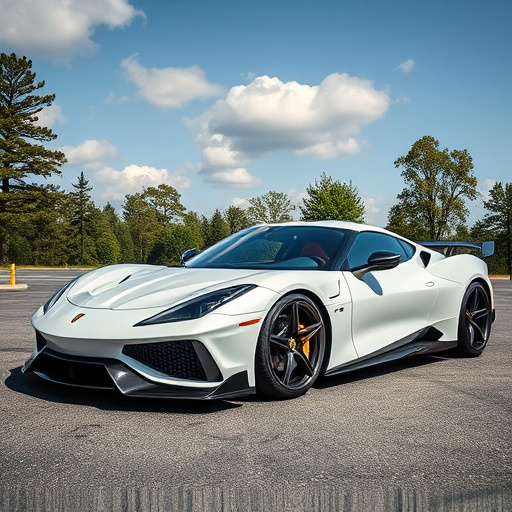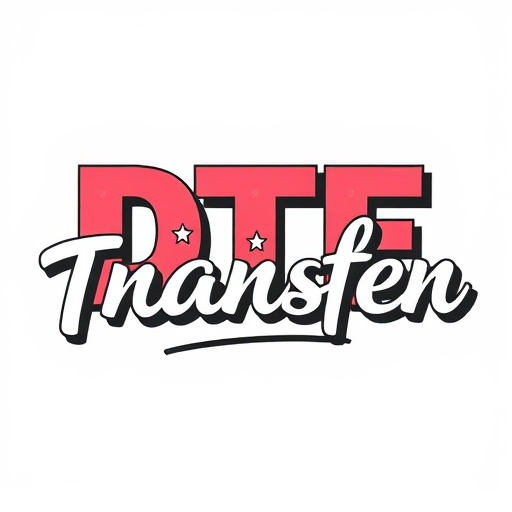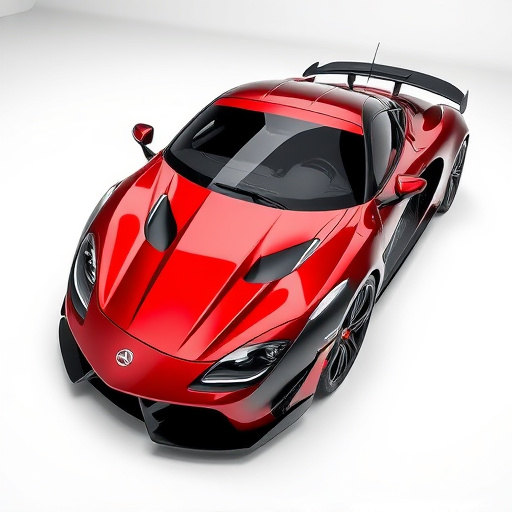“Unleashing Performance: Exploring Factory ECU Limitations in Custom Engine Tunings
While Factory ECUs (Engine Control Units) play a pivotal role in managing modern engines, they often pose challenges for enthusiasts seeking tailored performance. This article delves into the intricacies of these onboard computers, focusing on their core functions and limitations when modifying intake systems. We examine how factory restrictions impact custom engine tunings and offer insights into potential solutions and future trends, empowering readers to navigate this complex landscape.”
- Understanding Factory ECU (Engine Control Unit): Its Role and Base Functions
- Limitations of Factory ECUs in Custom Engine Tunings for Intakes
- Overcoming Factory ECU Constraints: Solutions and Future Trends
Understanding Factory ECU (Engine Control Unit): Its Role and Base Functions

The Engine Control Unit (ECU) is the brain of any modern internal combustion engine, acting as a sophisticated computer that manages various systems and adjusts parameters to optimize performance and efficiency. It receives inputs from sensors throughout the engine bay, such as temperature, pressure, and oxygen levels, and uses this data to make critical decisions in real time, controlling aspects like fuel injection, ignition timing, and throttle response. This level of control is essential for achieving peak engine performance while adhering to emissions standards.
At its core, the ECU facilitates precise engine computer adjustments for intakes, ensuring the optimal mix of air and fuel enters the combustion chamber. These adjustments are crucial for maximizing power output while minimizing harmful emissions. By continuously monitoring and adapting to changing conditions, the ECU ensures the engine operates efficiently under all load levels and driving scenarios, making it a vital component in modern automotive technology.
Limitations of Factory ECUs in Custom Engine Tunings for Intakes

Factory ECUs, while designed to optimize engine performance under standard conditions, often lack the flexibility needed for custom intake setups. These stock control units are programmed with predefined parameters that may not account for unique intake modifications, leading to suboptimal engine computer adjustments for intakes. As a result, users might experience reduced power output and inefficient combustion during tailored tuning attempts.
The limitations stem from the factory ECU’s inability to dynamically adapt to varying intake characteristics, such as different air filters, cold air intakes, or forced induction systems. Custom intake components alter airflow patterns, requiring precise engine computer adjustments for intakes to ensure optimal fuel delivery and timing. Without these adjustments, the engine struggles to maintain efficient combustion, resulting in performance losses and potential drivability issues.
Overcoming Factory ECU Constraints: Solutions and Future Trends

Overcoming Factory ECU Constraints: Solutions and Future Trends
While factory ECUs (engine control units) are designed to optimize performance and efficiency, they often come with limitations that restrict customization and power potential. These constraints, such as fixed mapping and limited adjustments for intake systems, can be overcome through advanced tuning techniques and aftermarket upgrades. Enthusiasts and professionals alike are leveraging modern technology to bypass these factory restrictions, enabling them to fine-tune engine parameters for enhanced performance.
Looking ahead, future trends in ECU technology promise to address these limitations further. Developments like customizable firmware, real-time data logging, and remote access via mobile devices will empower users to make precise engine computer adjustments for intakes and other components. These innovations are set to revolutionize the automotive landscape, offering unprecedented control and customization options for car enthusiasts and performance engineers alike.
While Factory ECUs (Engine Control Units) play a vital role in modern vehicle performance, their limitations in custom engine tunings, especially for intake modifications, are well-documented. These constraints hinder optimal engine computer adjustments for intakes, preventing users from achieving peak power and efficiency. However, as technology advances, overcoming these factory constraints through innovative solutions and future trends, such as enhanced mapping capabilities and customizable firmware, promises to revolutionize the tuning landscape, offering enthusiasts more control and customization in their engine setups.














